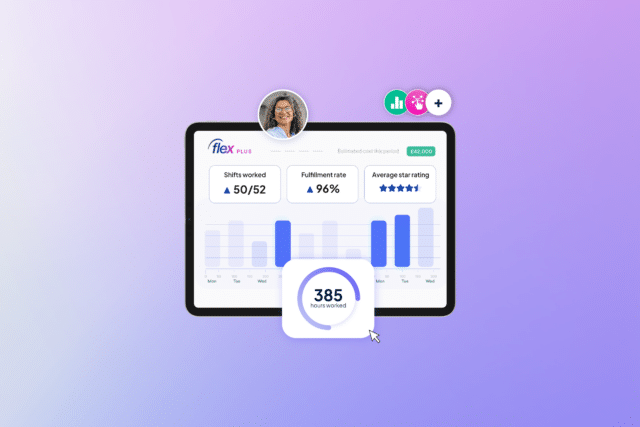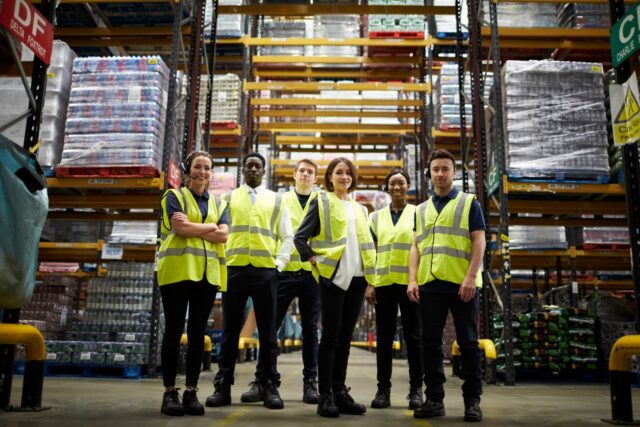
The last year being filled with unprecedented changes has impacted all industries. The COVID-19 pandemic has had such huge effects across the globe that it’s clear we will be recovering for many years to come.
We’re taking a deep dive into how the industrial and warehousing industry has changed through the pandemic and look towards the trends predicted for the future.
What is happening in the industrial industry?
Digital transformation
The industrial industry was forced to digitise at an accelerated rate when the global pandemic hit. With more people than ever relying on deliveries, gone are the days where processes can be checked manually. Retail stores were forced to close intermittently throughout 2020 and up until now. Suddenly retail and food warehouses were expected to ship directly to customers in order to maintain sales for many organisations. For many, this was a big restructuring that needed to take place with new software introduced quickly to keep things running smoothly.
In addition to this, as the competition rises and customers continue to take a more detailed interest in the online shopping experience. For example, industrial manufacturers need the ability to offer regular communication regarding orders, customers want to be able to track at regular intervals, the status and location of their order. With the technology available to enhance speed and efficiency throughout the supply chain, warehouses were under a lot of pressure to keep up. According to a survey by Zebra Solutions, 80% of operation decision-makers agree that over the next five years, new technology is needed to be competitive in the on-demand economy. The main areas of technological advancements can be seen across the following areas:
- Computer software
- Automation
- AI (Artificial Intelligence)
- telecommunications
Servitization
Not only were there more customers to supply but there has been a shift in the type of experience consumers expect. Enter servitization… According to Forbes “Servitization is the latest buzzword to describe the trend of using products or equipment to sell a growing variety of services, often based on the data generated and enabled or enhanced by advanced technology.”
Customers want ease of access to what they want and they want it to be an impressionable, positive experience. By offering more than just a product and adapting a service-based model, industrial manufacturers are standing out from their competitors and gaining long-term, loyal customers.
The future of the industrial industry
Industrial manufacturers need to adapt to new technologies, processes, and business strategies. Here are 3 things industrial manufacturers need to do to progress moving forwards.
Accept change
Change can be uncomfortable, especially for an industry that is often considered set in its ways. Organisations will need to embrace demands and keep up to date with technologies that could better their processes. By actively seeking to better the business model, organisations are going to move into a far more stable position. We saw this through the industrial manufacturers who had already begun digitising pre-2020. They were more prepared and fared far better through the pandemic than those who have maintained their traditional methods.
Innovate
Innovation is crucial for maximising profits and withstanding economic challenges. According to business strategy experts Oliver Wyman, future financial strength will come to industrial manufactures through identifying megatrends and creating new markets.
“We expect these new markets to be worth US$1 trillion over the course of a decade, as large parts of the industry are revolutionized, resulting in a new generation of corporate winners.”
Have a reliable workforce
In periods of change and innovation, you’re going to need a team of workers you can rely on. Invest in your staffing strategy to ensure you are gaining and retaining the right candidates. It’s the ideal time to consider a blended workforce, containing a mix of contingent and permanent employees. This will offer you flexibility through a period of uncertainty.








